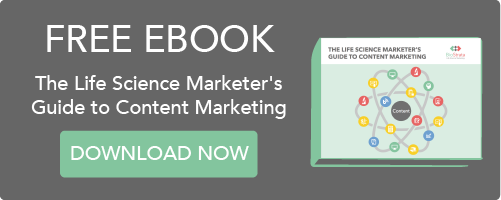The modern business environment has undergone quite a few fundamental changes over the past decade.
Consumers are more informed and discerning, technology has connected practically everyone and everything, and organisational structures are stripping down to their lean essentials. In this shifting environment, it’s crucial for companies to identify and address internal weaknesses or sticking points. For many, the rift between sales and marketing is a perfect example. The two departments working in isolation from each other can lead to internal frustrations and conflicts, as well as fewer leads being generated and sales closed. This is why sales and marketing need to align and work together towards their common goal.
But it’s no use vaguely agreeing on principle without actually making changes to your company’s marketing and sales processes. Thankfully, aligning the two departments under a single banner isn’t a new idea, and there’s plenty of literature around the web to inspire and guide your actions. So much so that it’s garnered its very own buzzword – smarketing.
Welcome to the new-and-improved world of Smarketing
Smarketing is one of those terms many people love to hate. It oozes marketing jargon and rolls off the tongue just a little too easily. But the thing is, it hits the nail on the head: sales and marketing working together leads to a process far greater – and smarter – than the sum of its parts.
There’s plenty of evidence to support this claim. For instance, companies with Service Level Agreements (SLAs) between their sales and marketing teams have demonstrably higher return on investment (ROI) than those that do not.
And we’re firm believers that content marketing and the inbound methodology provide the perfect framework for applied smarketing and a more effective life science sales enablement strategy. Here’s why:
Content marketing can do wonders for your sales cycle
Content marketing is all about creating consistently high-value content that engages potential buyers at every stage of their buyer’s journey – awareness, consideration and decision. This improves your sales cycle for both you and your customers. For them, it’s far easier to navigate their journey when they have access to informative content that directly addresses their needs at that time. Content marketing also always ensures that your prospect can take further action if they see fit – like downloading a premium eBook or getting in touch for a free quote – with the guidance of calls to action and lead nurturing emails. Content marketing ameliorates every aspect of your sales cycle, leading to smiling customers and happier employees.
The inbound methodology guarantees better leads
As mentioned above, content creation & marketing also improves the sales cycle for your sales staff. This is primarily because, in addition to generating more leads, it also generates higher quality leads. When the marketing team passes subpar marketing qualified leads (MQLs) on the sales team, only a handful of which are eventually closed, it’s a problem for everybody. These chances are reduced further when there’s disconnect between the life science sales content and marketing messaging. These issues are addressed with the inbound content marketing strategy, as every lead that makes its way down the marketing funnel will likely be familiar with the product and respect the brand as a thought leader. Bottom-of-funnel content is also inherently aligned with sales messaging, reducing any perceived disconnect. To put it simply, guiding prospects through each stage of the buyer’s journey with high quality content means that once a prospect contacts you, you’re already considered a good fit and closing sales will be easier.
To learn more about how to get the most from content marketing in your industry, download your free copy of The Life Science Marketer's Guide to Content Marketing.




